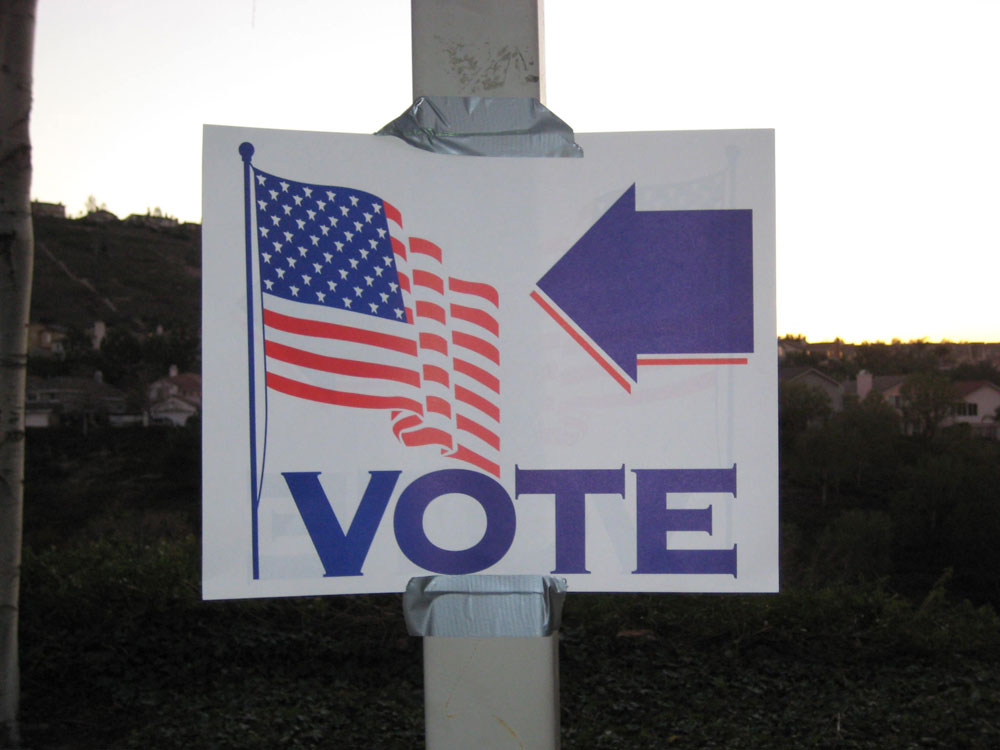
April 9, 2020; CityLab
It was spring, though it felt like winter, when volunteers for Reclaim Idaho trudged from door to door, seeking signatures for a petition to expand Medicaid coverage, a measure the legislature had repeatedly refused to consider. Idaho temperatures had a crisp autumnal chill, but perhaps it felt like spring, on November 6, 2018, when 60 percent of Idaho’s voters voted “yes” for this ballot initiative.
For 2020, Reclaim Idaho intended to push for a ballot initiative to raise taxes on corporations and the wealthy to fund education, and spring is the crunch time to get sufficient signatures to pass legal muster. But COVID-19 has put the kibosh on Idaho’s plans for ballot initiatives as well as for those in each of the 24 states (plus DC) and thousands of localities that allow them. After all, how do you collect original signatures when physical distancing prevails? This leaves advocates of direct democracy worried.
What is direct democracy? In contrast to representative democracy, direct democracy is when the people themselves, not their elected representatives, exercise legislative authority via a direct ballot vote. In the US, while representative democracy holds sway at the national level, two forms of direct democracy are practiced at the state and local level: 1) ballot initiatives and binding referendums, and 2) recall of elected officials.
Perhaps the state best known for its pervasive ballot initiatives is California, whose 1978 measure capping property taxes is often cited as a harbinger of “tax cut” politics nationally. This year, an initiative intended to defang that measure appears to have gained enough signatures prior to the pandemic to make the November 2020 ballot.
Direct democracy measures seem to occur in waves. After a period of popularity in the 1980s and 1990s, often for right-wing causes, ballot initiatives had waned in popularity by 2006. Come the 2016 election, however, and a new wave had crested, with at least 155 initiatives showing up on the ballot in 37 states, now mostly seeking to advance a progressive agenda. In 2018, due to ballot initiatives, Florida restored voting rights to felons; Michigan, Colorado and Missouri ended political redistricting; California defeated a bid to repeal the gas tax; Oregon a bid to repeal its sanctuary law; and red-leaning states like Arkansas and Missouri raised the minimum wage.
“It’s sort of come full circle,” says Melody Fields Figueredo, the executive director of the Ballot Initiative Strategy Center. “Politicians aren’t listening to the will of the people…so the people again are rising up and using this tool.” Says Josh Altic of Ballotpedia, “You also have the narrative of the swing towards Republican control over state legislatures since 2010…That’s how you get things done if you don’t have the seats in the legislature.”
Sign up for our free newsletters
Subscribe to NPQ's newsletters to have our top stories delivered directly to your inbox.
By signing up, you agree to our privacy policy and terms of use, and to receive messages from NPQ and our partners.
But getting a ballot initiative on the ballot is not quick or painless. Although each of the 26 states has its own specified process, there are typically strict rules about what can qualify as a valid signature—it must be witnessed by a circulator, and then the petition page as whole must be signed by the circulator and notarized. There are minimum-signature requirements, most often based on a percentage of votes in the last election and typically numbering in the tens of thousands, or hundreds of thousands in California. And there’s a tight time frame; most states require that the signatures be collected and approved at least three to four months before the date of the election. Nor is the process easy to change. Typically, it’s baked into the state constitution and thus requires legislative action or direct voter approval.
Advocates across the country have sought permission to use petition signatures digitally. In Arizona and Montana, legal challenges have been filed to allow ballot measure campaigns to temporarily collect electronic signatures during the pandemic. In Oklahoma, the secretary of state stopped the clock on the 90-day period to collect signatures during this crisis.
Still, it is likely that, unless like that property tax initiative in California, the measures had qualified for the ballot before the pandemic hit, most of 2020’s planned ballot initiatives will be suspended or delayed. The move to permit e-signatures for petitions will take a good while, experts say, because of concerns about online security.
Streamlining the process to qualify an initiative for the ballot must be done carefully. “We need to protect against fraud, we need to protect against frivolous initiatives and badly written initiatives. And if that means maintaining these restrictions on access to do that, that shouldn’t be compromised just because of an outbreak,” Altic asserts.
What’s at stake in 2020? First of all, issues that matter to progressives. In Arizona, initiatives to raise the minimum wage for health care workers and increase the transparency of campaign financing are suspended. In North Dakota, a campaign to legalize marijuana is punting until next year, as has San Francisco’s sales tax to fund public transit, and Seattle’s effort to revive a business tax to fund green affordable housing.
Second, for some advocates, the vitality of our democratic process is at stake. Figueredo declares, “Direct democracy has a long tradition of giving voice to the voiceless, of breaking barriers erected by lawmakers to stand between people, policy and engagement in our democracy.”
Whether you think ballot initiatives are central to the vitality of our democracy or not, it is clear that COVID-19 has largely quashed this tool for 2020. Let’s hope that the same fate does not befall another essential tool of democracy—the census—and ensure that the marginalized and the powerless are fully counted.—Debby Warren











